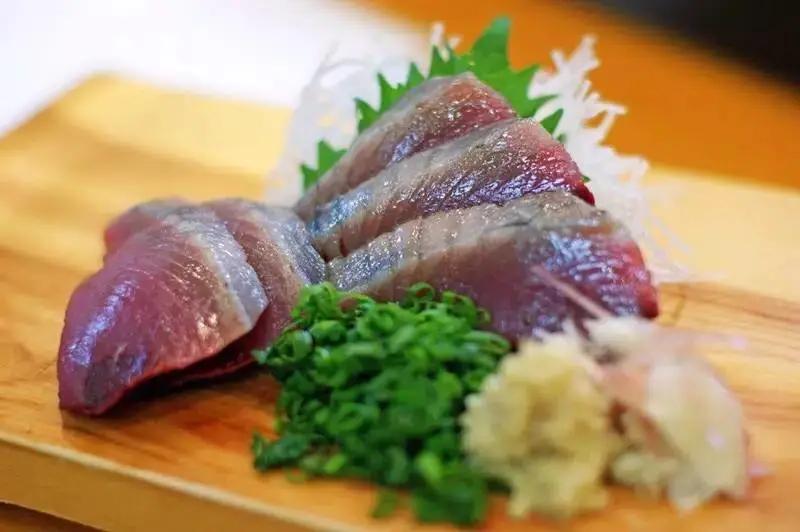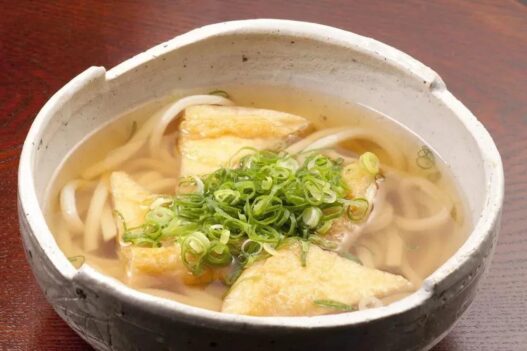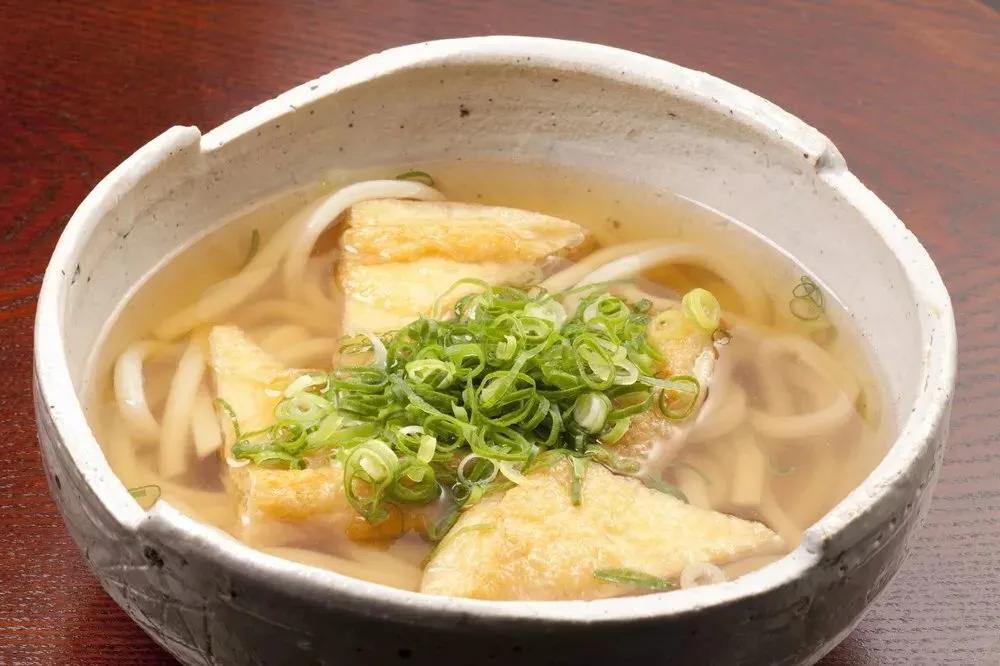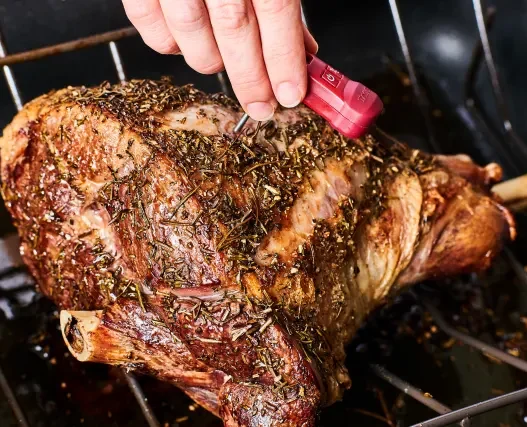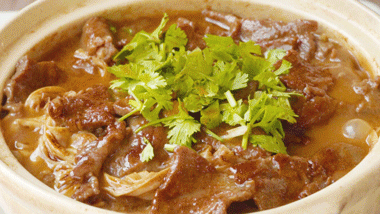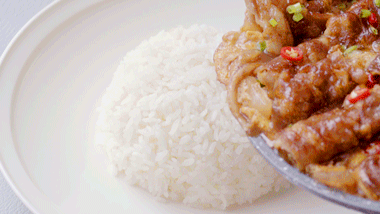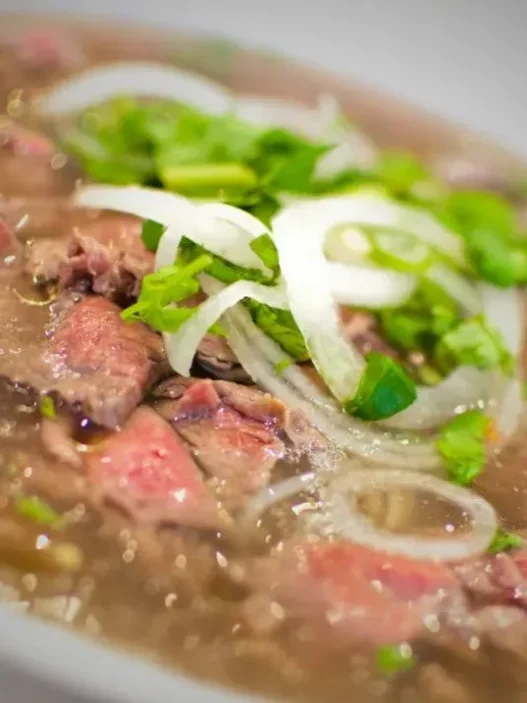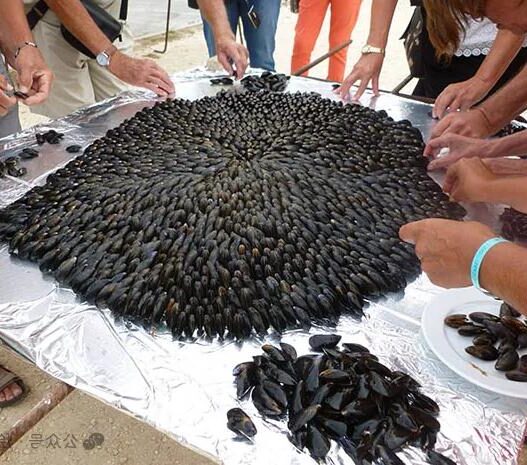What is Katsuobushi?
Katsuobushi, or dried bonito, is a cornerstone of Japanese cooking. Made from skipjack tuna, this rock-hard ingredient is crafted through a labor-intensive process of boiling, smoking, and fermenting. Despite its unassuming appearance, katsuobushi is a flavor powerhouse, often shaved into delicate flakes to elevate dishes with its deep umami taste.
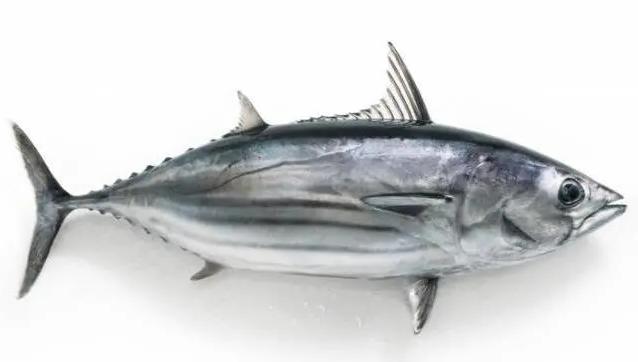
The Art of Making Katsuobushi
Creating katsuobushi is no small feat. The process begins with filleting and steaming the fish, followed by weeks of smoking and months of fermentation. The result is a block so hard it’s often humorously referred to as the “world’s hardest food.” While this title isn’t officially recognized, its durability is legendary—some even joke it could double as a hammer!
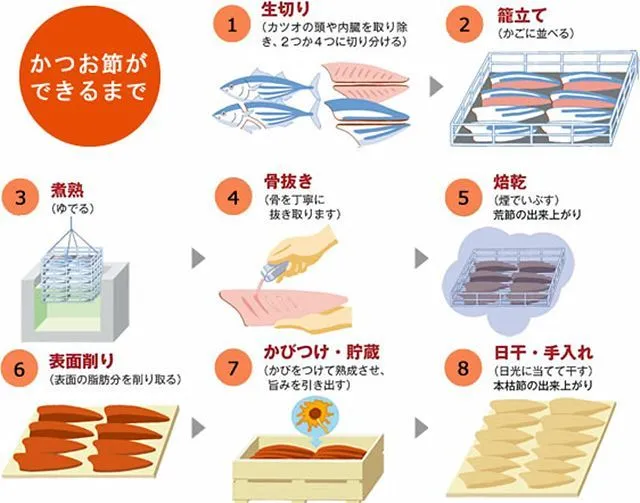
Katsuobushi in Action
Katsuobushi’s unique texture and flavor make it a versatile ingredient. Here’s how it’s used in Japanese cuisine:
1、Topping for Okonomiyaki and Takoyaki:
Those wispy, dancing flakes on okonomiyaki and takoyaki? That’s katsuobushi! The heat from the dish makes the flakes move, creating a mesmerizing “dance.”
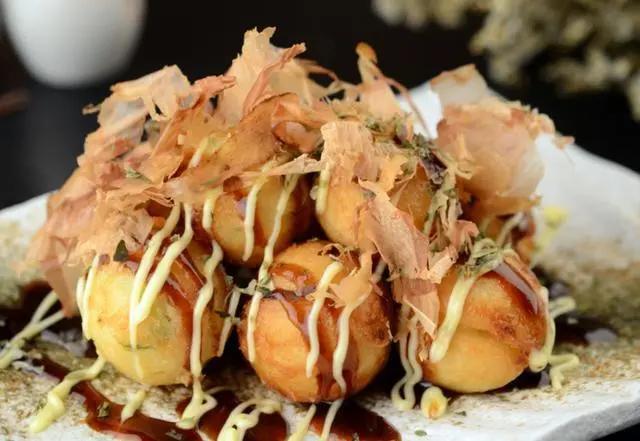
2、Cat Rice (Neko Meshi):
A humble dish of steamed rice topped with shaved katsuobushi and a drizzle of soy sauce. It’s called “cat rice” because cats adore its aroma.

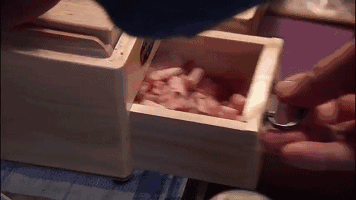

3、Dashi Broth:
Katsuobushi is a key ingredient in dashi, the foundational broth of Japanese cuisine. Combined with kombu (kelp), it creates a savory, umami-rich base for soups and sauces.
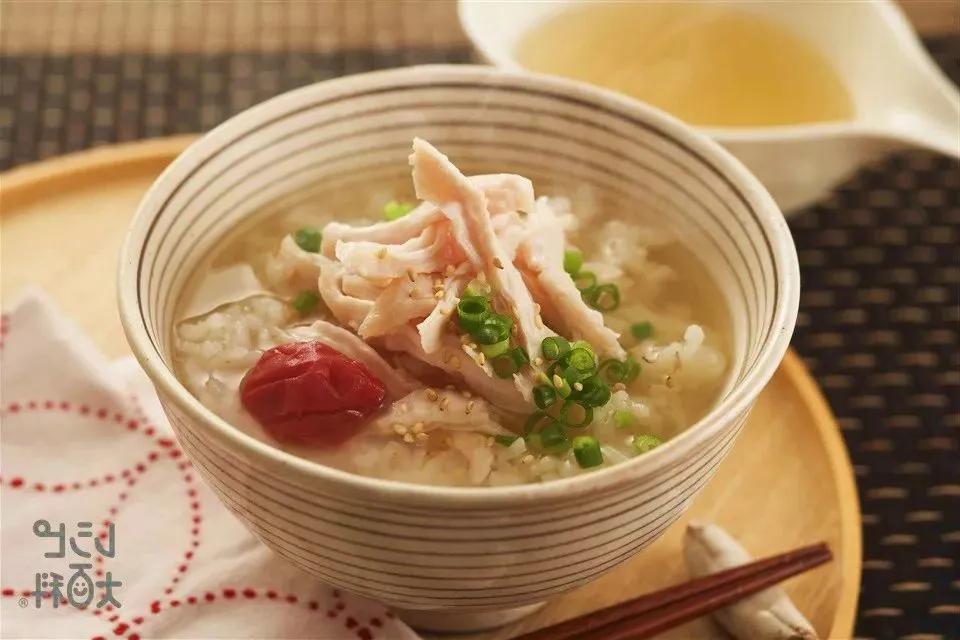
Katsuobushi vs. The World
Katsuobushi’s hardness has sparked countless online challenges. In one experiment, it went head-to-head with a baguette—and won, effortlessly slicing through the bread. Another test saw it crush hardtack, a notoriously tough survival food. While these battles are more for fun, they highlight katsuobushi’s unique place in the culinary world.
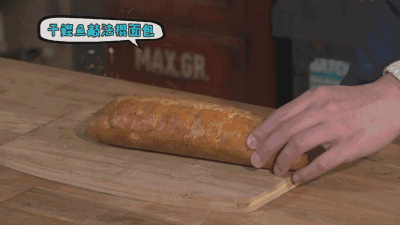
A Cultural Icon
it’s a symbol of Japanese ingenuity. In Kochi Prefecture, the heart of Japan’s bonito fishing industry, there’s even a mascot called “Katsuo-ningen” (Bonito Human) to celebrate this beloved ingredient. Its role in Japanese cuisine is so vital that it’s often called the “hidden weapon” of flavor.
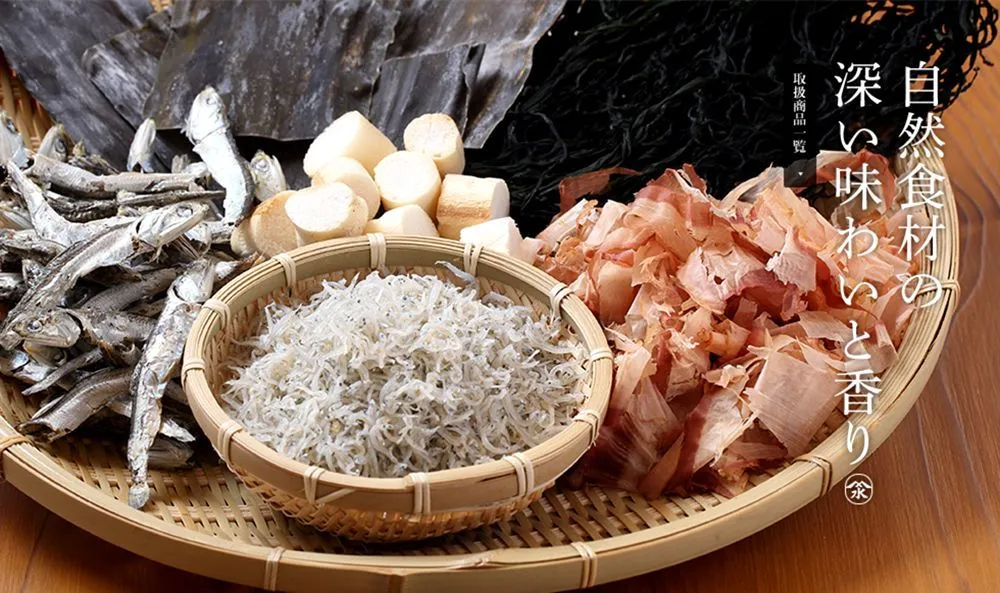
Conclusion: A Culinary Marvel
Katsuobushi is a testament to the creativity and resourcefulness of Japanese cuisine. What began as a method to preserve fish has become a cornerstone of flavor in dishes worldwide. Whether it’s shaved over a hot dish, simmered into a broth, or simply enjoyed as a topping, katsuobushi continues to captivate food lovers with its rich umami and fascinating history. Next time you see those delicate flakes dancing on your takoyaki, remember: you’re tasting a piece of culinary magic!
